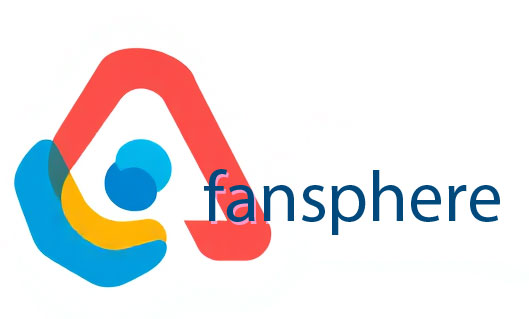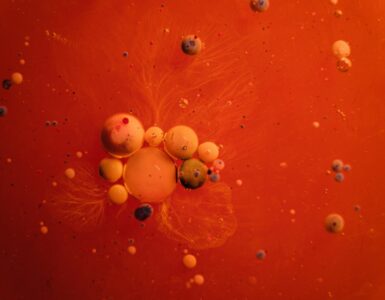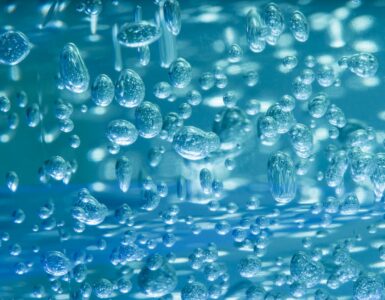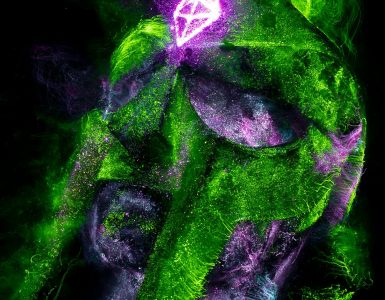So, how does it actually work? Imagine taking a page from the plant playbook—scientists whip up a special recipe using catalysts, sunlight, and water to create energy-rich compounds. It’s like making a smoothie, but instead of fruits and veggies, you’re blending sunlight and hydrogen to whip up something powerful. By mimicking the way plants split water molecules to release oxygen and create energy, researchers are striving to create renewable fuel sources.
You might be wondering, “Why go through all this trouble?” Well, let’s think about it! Every day the sun showers us with energy, enough to power the planet several times over. Artificial photosynthesis promises to tap into this bountiful energy, potentially offering a cleaner, greener alternative to fossil fuels.
Picture a world where our cars run on fuel made from air and sunlight! It’s not just a pipe dream; it’s a possibility that could significantly reduce greenhouse gas emissions and combat climate change. By capturing carbon dioxide through this ingenious process, we’re not just mimicking nature; we’re giving it a helping hand too.
In essence, artificial photosynthesis is nature’s replication at its finest—an innovative path that blends science and sustainability, holding the promise of a brighter, greener tomorrow. As we embark on this journey, the quest to harness energy like nature does feels less like science fiction and more like a future we can reach with open hands.
The Technology Behind Synthetic Photosynthesis
So, how does this high-tech botanical wizardry work? At its core, synthetic photosynthesis involves using light-absorbing materials, like specially designed solar cells, to capture sunlight. Think of these cells as tiny solar-powered magic wands that not only convert sunlight into electricity but also facilitate chemical reactions to produce fuels. Isn’t that wild?
The real fun kicks in with catalysts – supercharged materials that speed up the chemical reactions necessary for converting carbon dioxide and water into usable energy sources, like hydrogen or even organic compounds. Picture them as skilled chefs in a bustling kitchen, turning plain ingredients into gourmet dishes, all with the right mixes and timing.

Now, let’s get a bit geeky. Researchers are experimenting with different materials, including nanostructured substances, to optimize efficiency and durability. The aim is to create a system that can operate seamlessly, just like a well-oiled machine. And with advances in artificial intelligence, we’re making leaps in predicting how these systems can get even better.
But why should you care about synthetic photosynthesis? Well, imagine a world where our energy comes from renewable sources that are clean and abundant, slashing our reliance on fossil fuels. It’s like turning a black-and-white photo into a vibrant, living landscape, full of color and life, transforming our planet’s future for the better.
How It Could Solve Global Energy Issues
Let’s look at renewable energy sources like solar, wind, and hydropower. They’re like superheroes in the energy world! Solar panels, for example, transform sunlight into energy, making it available anytime the sun shines. Picture your house covered in sleek solar panels, soaking up rays and powering your appliances while you sip your morning coffee. Meanwhile, wind turbines are like graceful giants dancing in the breeze, tirelessly converting wind into electricity. And rivers? They’re not just for fishing; they can generate hydropower, serving up clean energy as they flow.
Now, let’s not forget about energy storage. Ever heard of batteries that can hold a charge for days? These bad boys can store excess energy generated during peak sunshine or high winds, ensuring that we always have power, even when nature’s mood shifts. It’s like having a reserve of snacks for when you get hungry — you never want to run out!
Moreover, with advancements in technology, we’re now looking at smart grids that optimize energy distribution. Imagine a network that communicates and adapts, directing energy where it’s needed the most. It’s like having a traffic cop for electricity, ensuring that everything flows smoothly and efficiently.

























Add comment